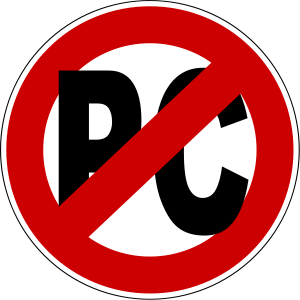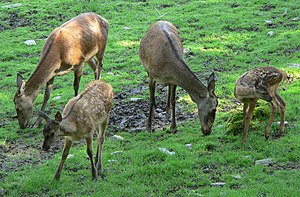Part 1 looked at the why and how of recycling sewage to drinking water. The technology is operating around the world, effectively and acceptably, for example in a plant in Orange County, California amongst others.
So, what causes resistance to this technology?
"It is quite difficult to get the cognitive sewage out of the water, even after the real sewage is gone."
- Carol Nemeroff, psychologist
So, what does that mean?
 |
| Manhole cover, Rome, Italy |
Basically it means that despite the fact that the recycled water is purer than normal source water, once it's had poo in it, that thought lingers long after the smell has gone. This is a problem that needs to be overcome when you think how little fresh water is available in the world.
On a planet that's seventy percent water it is estimated that only 3% of all water is fresh water and of that, with so much tied up in ice caps, glaciers and ice bergs, only 1% of the water is readily available.
With the burgeoning human population the demand on this precious resource for both drinking and for watering the crops and livestock that will feed us will only increase.
A professor in the US, Brent Haddad thinks that this method of producing fresh water is a rational way forward stopped by irrational objections from the public. He realised that this was more of a problem for psychologists than engineers.
In a study of 2000 people he asked why people had such a problem drinking recycled sewage. His study showed that 60% of those surveyed would not touch this type of water.
Likewise in a 2007 referendum, in Toowoomba in Queensland, Australia, more than 61% of the eligible 60,231 voters voted against the proposal to build a treatment plant to augment their water supply. This is despite the fact that the city had experienced severe water restrictions that banned the use of town water on lawns, and eventually gardens and potted plants.
However, there are places in the world where this is being done today.
Windhoek, the capital of Namibia uses recycled water for drinking water during times of drought.
The South African cities of Scottsdale, Pretoria and Cape Town rely on indirect schemes, where recycled sewage is introduced back into a river, dam or aquifer. There it mixes with the rest of the water before being retreated for drinking, effectively taking the poop factor out of the equation.
In Singapore, about 1% of recycled sewage water is used for drinking.
In Perth in Western Australia, the Perth Water Corporation has a pilot plant operating producing drinking quality water. They are removing the “poo” factor by discharging into aquifers where it co-mingles with ground water and is later pumped out and treated as part of the normal supply.
Approval to discharge was granted on 9th November 2010 and as at the end of August 2011, 872 megalitres have been injected into aquifers.
The trial is being overseen by the WA Department of Health, WA Department of Water and WA Department of Environment and Conservation.
It is partly-funded by the Australian Government’s Water For the Future initiative.
Using LinkedIn, I asked my contacts to answer the following question from 4 options:
WOULD YOU DRINK TREATED SEWERAGE?
1. No way, no matter how it was treated
2. Yes, water is precious we should reuse
3. Maybe, if it was mixed with pure water
4. Only water is in short supply
I’ll share the results later when the poll closes but if you look at the right of the page, you can click to vote too.
When you think about it, all water has been sewage at one point in time. Everyone lives downstream of someone or something, even animals poo and pee in our rivers and dams.
Some major towns in Australia are taking their source water from rivers that are having treated sewage discharged upstream of them.
So, we are already drinking sewage of one type or another, so isn’t producing this proven, technically competent manner a method that should be incorporated into any sustainable water management policy?
































